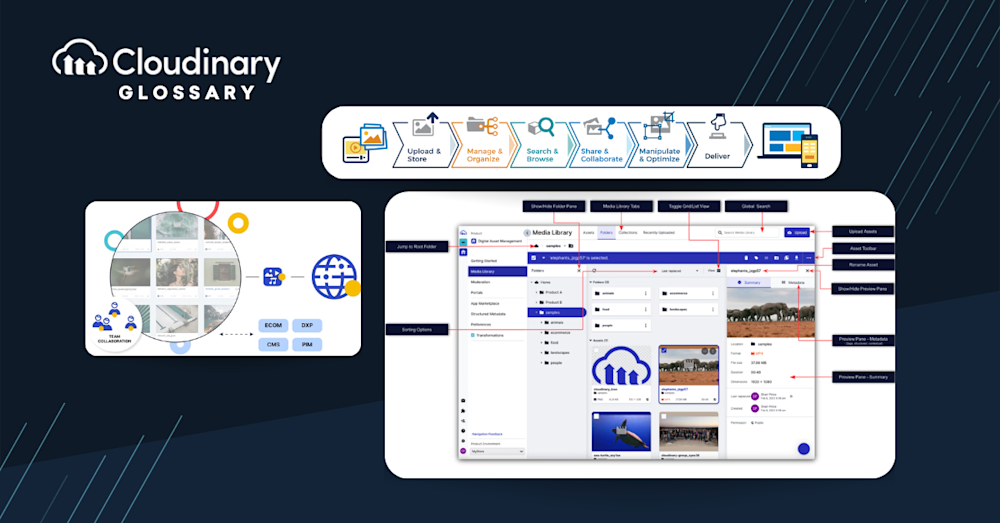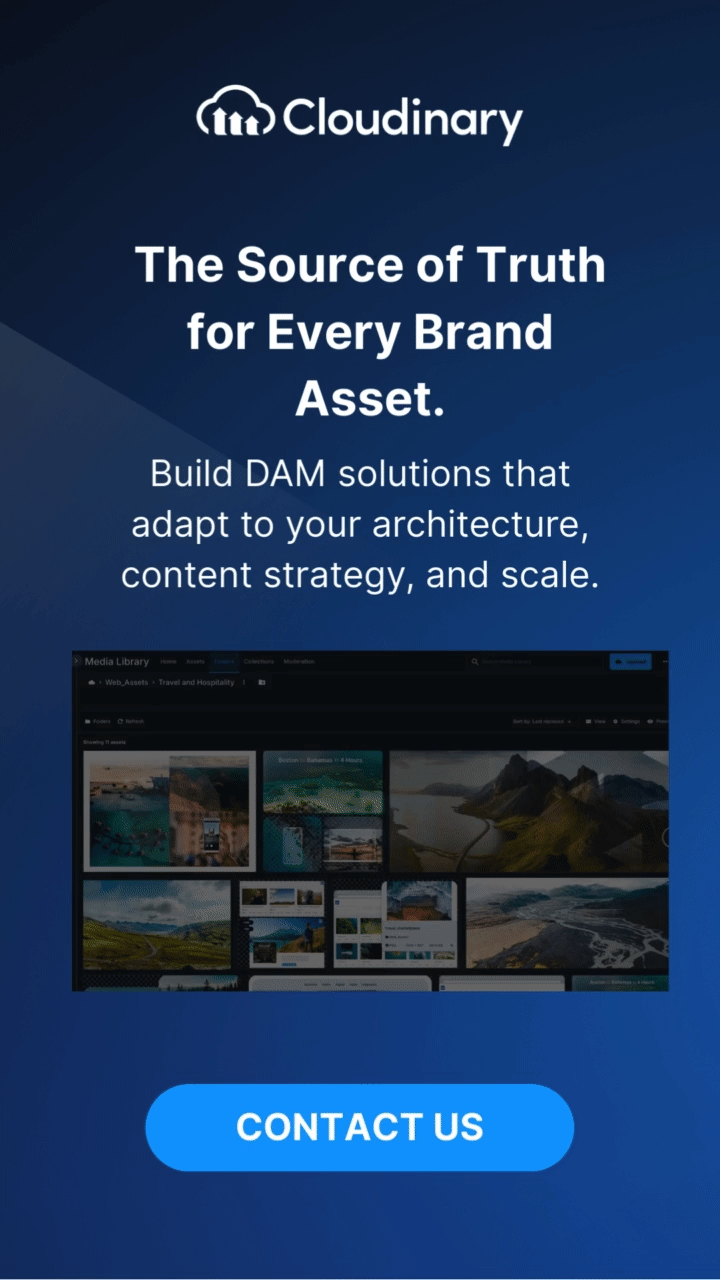What Type of Files Are Media Assets?
Media assets encompass a wide range of file types used to create, store, and distribute digital content. These files are crucial in marketing, communication, and branding efforts, helping businesses convey their message and engage with their target audience. Here are some common examples of media assets and file formats:
- Images: JPEG, PNG, GIF, SVG, and other image file formats used for photographs, illustrations, and graphics.
- Videos: MP4, MOV, AVI, and other file formats used for promotional videos, tutorials, and product demonstrations.
- Audio: MP3, WAV, and other audio file formats used for podcasts, background music, and sound effects.
- Documents: PDF, DOC, PPT, and other document file formats used for brochures, whitepapers, and presentations.
- Interactive content: HTML, CSS, JavaScript, and other web-based file formats used for interactive web pages, animations, and multimedia presentations.
Benefits of Media Assets
Utilizing media assets effectively can significantly enhance a business’s marketing and communication efforts. By incorporating various file types, such as images, videos, audio, and interactive content, businesses can create engaging and compelling experiences for their target audience. Some key benefits of media assets include:
- Audience engagement: High-quality and relevant media assets capture the attention of your target audience, encouraging them to interact with your brand and explore your offerings.
- Brand consistency: Consistent use of media assets across various channels helps reinforce your brand identity and messaging, ultimately strengthening your brand’s image in the minds of consumers.
- Versatility: Media assets can be used across a wide range of platforms and channels, such as websites, social media, email campaigns, and print materials, allowing for greater flexibility and adaptability in your marketing efforts.
- Improved communication: Media assets, such as videos and infographics, can help convey complex information more effectively and efficiently than text alone, making it easier for your audience to understand your message.
- Increased conversions: Engaging media assets can help persuade potential customers to take action, such as making a purchase or signing up for a newsletter, ultimately leading to increased conversions and sales.
How Can You Organize Your Media Assets?
Effectively organizing your media assets is essential for streamlining your marketing workflows, maintaining brand consistency, and ensuring your team can easily access and utilize the right assets at the right time. To achieve this, it’s essential to establish a well-structured system for categorizing, tagging, and storing your various media files.
Start by creating a clear and logical folder structure that reflects the different types of assets, projects, or campaigns your business is involved in. This can be based on asset type, usage, or theme. For example, you might have separate folders for images, videos, audio files, and documents, with subfolders for specific campaigns or projects. Additionally, implement a consistent naming convention for your files, which may include details such as the asset type, project name, or creation date. This will make it easier for team members to quickly locate and identify specific assets.
To further enhance the organization of your media assets, consider using a Digital Asset Management (DAM) system. These platforms offer advanced features such as metadata tagging, version control, and search capabilities, making managing, locating, and sharing your assets across your organization even easier. Investing in a robust organizational system for your media assets can save time, reduce errors, and ensure that your team can effectively leverage your digital content to achieve your marketing goals.
Conclusion
Media assets are vital in shaping a brand’s identity and driving marketing success. By understanding the various types of media assets, recognizing their benefits, and implementing effective organizational strategies, businesses can harness the power of digital content to engage their target audience, convey their message, and ultimately achieve their goals.
Cloudinary offers a comprehensive and user-friendly platform that streamlines the organization, storage, and sharing of your valuable media assets. With advanced features such as metadata tagging, version control, and powerful search capabilities, Cloudinary empowers your team to work more efficiently and effectively. Don’t miss the opportunity to elevate your marketing efforts and enhance your brand’s digital presence.
Sign up for Cloudinary today and experience the best DAM solution for your business.
Additional Resources You May Find Useful:




